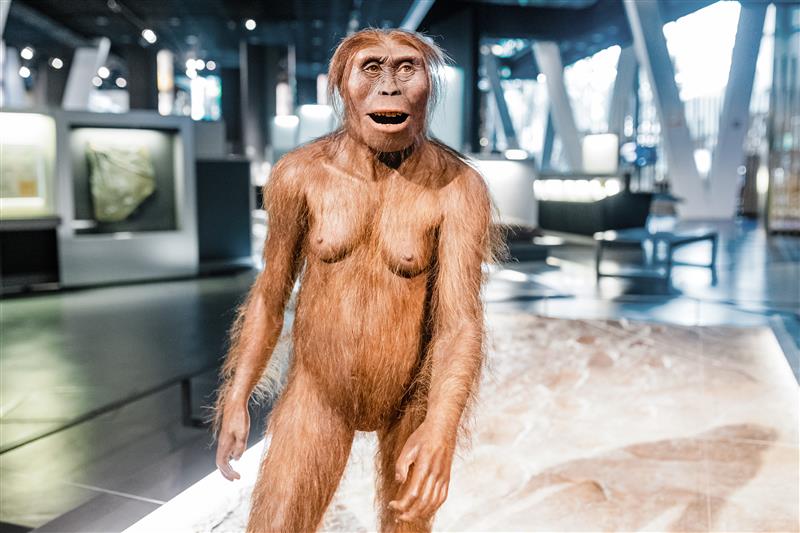Over 3.6 million years ago, three distant human relatives went for a stroll, blissfully unaware they were making history. By sheer chance, their footsteps became imprinted in volcanic ash and lasted for millions of years, providing modern scientists with the oldest unequivocal evidence of human ancestors walking on two feet.
They’re known as the Laetoli footprints, located along the southern edge of the Serengeti Plains in north Tanzania, Africa.
First identified by archaeologists in 1978, the site was initially found to be home to at least 70 hominin footprints spanning a track that ran for 27 meters (88 feet). It was later revealed that the footprints were most likely left by three individuals walking in a group.
The layer of sediment was dated to around 3.6 million years ago, meaning this was long before Homo sapiens were on the scene. Given its dating and location, most researchers agree that the footprints were almost certainly left by Australopithecus afarensis, the same species as the famous skeleton known as “Lucy.”
Australopithecus afarensis looked like a mix between modern humans and other great apes. Imagine an individual who stands around 150 centimeters (just under 5 feet) tall, with a chimp-like face and stocky body covered in hair. Crucially, we now know that they stood upright.

A model of Australopithecus at a museum exhibition in Barcelona, Spain.
Image credit: rantic00/Shutterstock.com
A huge amount of research on the shape of the Laetoli footprints has implied that A. afarensis was bipedal. Just like us, the footprints show the species had big toes in line with the rest of their foot, unlike the “ape-like” feet we see in today’s chimpanzees, bonobos, and so on.
From the shape of the footprints, researchers also deduced they walked with a “heel-strike”, where the heel of the foot hits first followed by “toe-off”, in which the toes push off at the end of the stride. Once again, this is similar to how we walk.
“The Laetoli prints represented a type of bipedal walking that was fully upright and driven by the front of the foot, particularly the big toe, much like humans today, and quite different to bipedal walking of chimpanzees and other apes,” Professor Robin Crompton, a professor of musculoskeletal biology at the University of Liverpool, said in 2011.
Their age is their most incredible feature. Before these discoveries, most researchers assumed that bipedalism had only evolved in the genus Homo, which includes our species, as well as Neanderthals, Homo erectus, and more. However, the Laetoli site shows it evolved in a much older genus of hominin, Australopithecus, which is considered to have been partially tree-dwelling.
Nevertheless, the body of A. afarensis still maintained some of its archaic features, which held it back from mastering the art of bipedalism – a trait that was invaluable in our species’ rise.
“The characteristic long-legged, short-body form of the modern human allows us to walk and run great distances, even when carrying heavy loads. Australopithecus afarensis had the reverse physical build, short legs and a long body, which makes it probable that it could only walk or run effectively over short distances. We now need to determine when our ancestors first became able to walk or run over the very long distances that enabled humans to colonize the world,” added Professor Crompton.
Unfortunately, the future of the Laetoli site is far from certain. In May 2024, researchers sounded the alarm bell that the tracks are at risk of being lost forever due to erosion caused by increasing storms and rainfall, driven by climate change.
Source Link: Laetoli Footprints: A 3.6 Million-Year-Old Stroll Revealed Early Human Evolutionary History